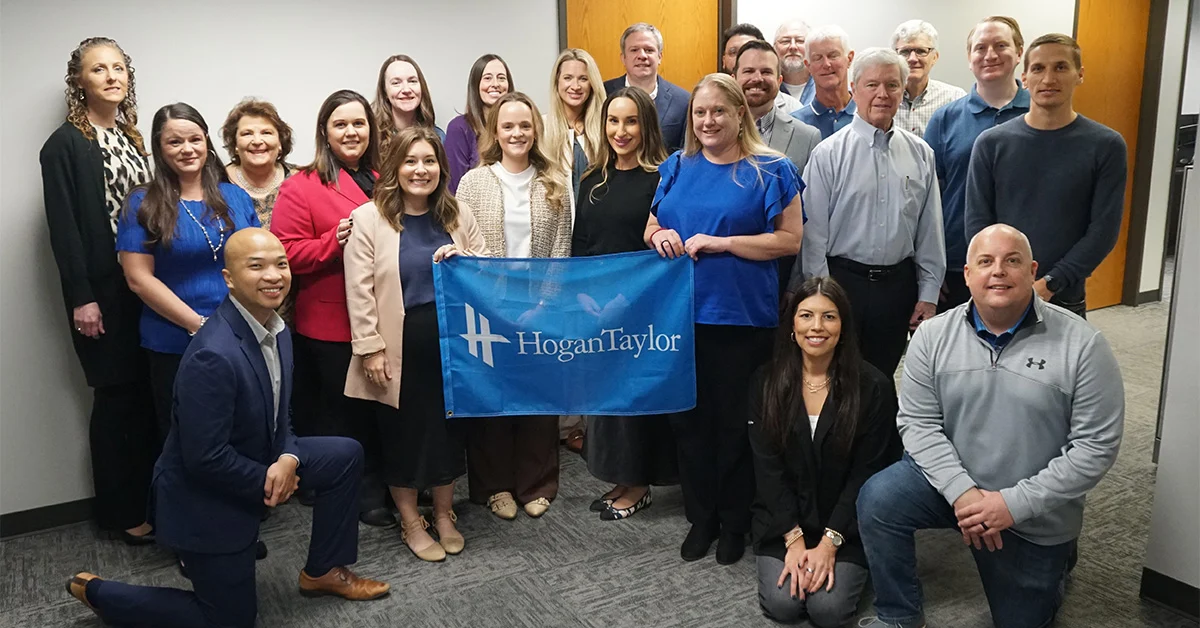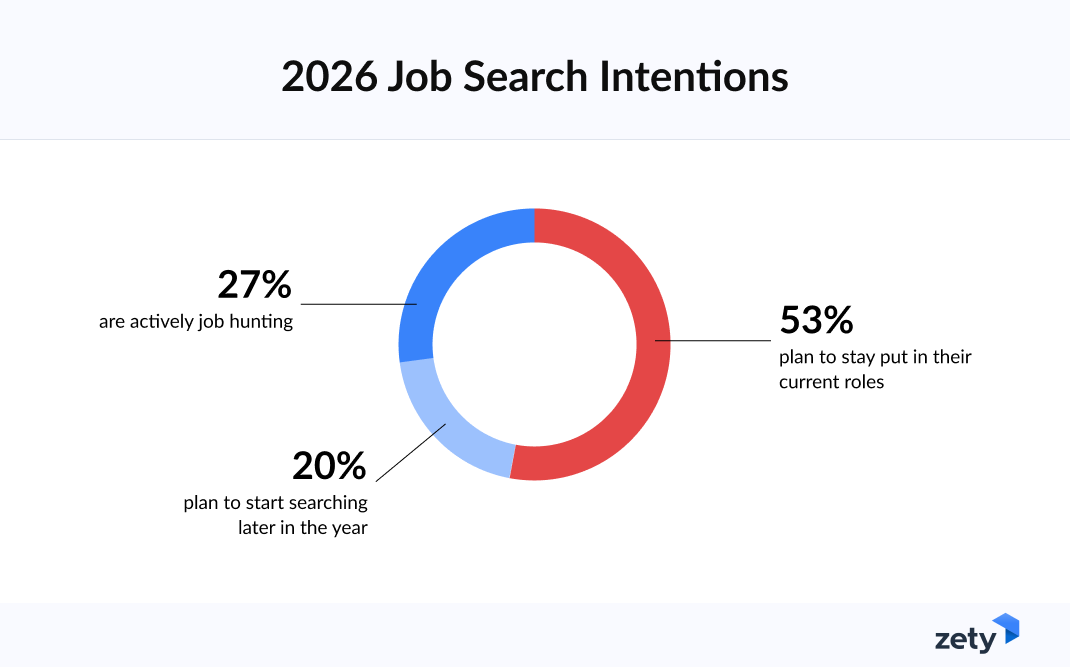Your cheese is moving.
You’d have to be living under a rock to not be aware how much of a leap forward we took as a profession in 2017. From technology to process, talent development to growth strategy – many firms underwent not just minor change but major change during 2017. Those who know me well know how often I talk about change, innovation and change management. And how pesky I can be at times pushing my clients forward to embracing change and a 10X mindset (thinking ten times larger than you currently are). I even had a client recently state “thanks for helping us become comfortable being uncomfortable.”
Well, I’ve got some good news and bad news. The good news is that all of you who are comfortable being uncomfortable with change are in an excellent spot. The bad news is that change is no longer enough to remain out in front of the competition. Yes, that’s correct. Making a change is all well and good. But everyone’s doing it. Today, in 2018, you need to be about more than change management – you need to be about transformation. That’s the theme for 2018.
I’ve had the good fortune to be around senior leaders in three Top 50 firms in the past three weeks. As our conversations transitioned from current state and celebrating current successes to future state and what the next three to five years out looks like, I couldn’t help but get excited and energized by the level of ingenuity and boldness displayed in our planning and transformation discussions. Let’s just say these meetings were the inspiration for this article. They’re not just talking change. They’re talking full business model transformation.
If your firm hasn’t recognized yet that the game you’re playing has shifted, it’s soon going to catch up. Some may argue I’m being melodramatic. That’s fine. There were points in the life of Blockbuster where they were sitting high and mighty. Same goes for Kodak. And the taxi businesses around the globe. But I’m not comfortable letting my clients succumb to that type of short-term, status quo mindset. So, we’re pushing forward, 10X.
If you’re with us in that mindset, the transformation of your organization should start with a shift from providing solely compliance and historical services to vastly more strategic and foresight services. Traditional compliance and transactional services (i.e., tax, audit and client accounting services) are well down the technology continuum to complete automation which leads to devaluation. That’s a slow death spiral into irrelevancy if that’s all you offer.
For firms who are transforming into the future, we have found a very effective five-step transformation model that will likely be a catalyst for your firm as well. The five steps of transformation are:
- Building alignment
- Developing the plan
- Training, re-tooling and developing new skill sets
- Engaging clients and understanding “voice of the client” needs
- Repeating for additional opportunities
The first step is ultra-critical and can’t be glossed over. Leadership must be on the same page with their three- to five-year (and sometimes beyond) vision for the organization. You can’t transform without alignment of your organization’s vision and what it means to transform from a traditional accounting firm to an advisory firm. If you aren’t going through a visioning session to kick off your transformation, you’re doing it wrong.
After developing the vision, you need to put some meat on those bones. It’s just a dream until you develop an actionable plan. You need to develop a one- to three-year plan that supports the vision. What are some of the strategic initiatives in the next year or two that you need to tackle to begin the transformation journey? What does that mean for shorter term tactics in the next three to six months? Who’s the leader of these strategic initiatives and tactics? Results don’t happen without accountability and transparency.
Your plan will, no doubt, reveal an opportunity to transform the skillsets and toolsets of some of your current workforce (and probably also a need to hire some new talent from the outside). So just as other industries have had to transform their workforces over the years, the CPA profession is there now too. Think of this big picture as “are our team members ready to be more consultative and advisory with our clients of the future?” Train, train and train some more.
As you begin executing your plan, part of it will include engaging clients in new and profitable advisory services. You’ll need a robust and effective innovation process to filter and vetted the best opportunities properly. You’ll need a roadmap to launch new services and build new vertical niches and service lines. And it all needs to tie back to the plan.
As you see your firm transform from an over-reliance on compliance to a more diversified advisory-focused model, you’ll continue to identify new services and opportunities for growth. Repeat and engage clients and watch your business thrive.
This is a great time to be part of the CPA profession. There’s so much potential out there. I can’t wait to see 2018 be the year of business transformation!
Thanks for reading CPA Practice Advisor!
Subscribe Already registered? Log In
Need more information? Read the FAQs
Tags: CAS





